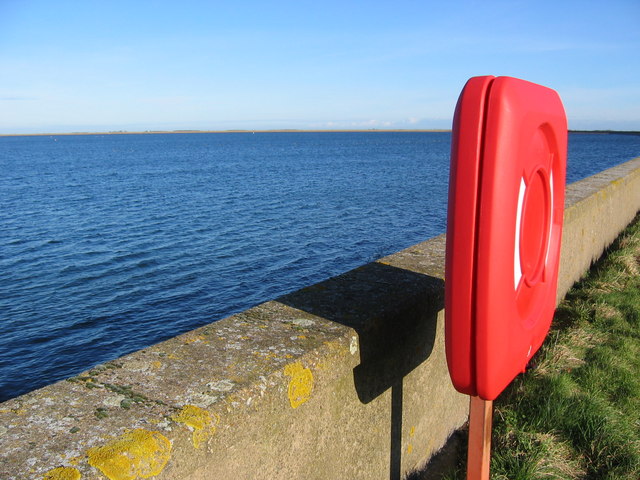Wragholme
Settlement in Lincolnshire East Lindsey
England
Wragholme

Wragholme is a small village located in the East Lindsey district of Lincolnshire, England. Situated approximately 6 miles northwest of the town of Louth, it is nestled amidst the picturesque Lincolnshire Wolds, an Area of Outstanding Natural Beauty.
With a population of around 150 residents, Wragholme exudes a tranquil and close-knit community atmosphere. The village is characterized by its traditional stone cottages, many of which date back several centuries, adding to its historical charm. The local architecture is a mix of styles, reflecting the village's heritage and evolution over time.
Despite its small size, Wragholme boasts a village hall, serving as a hub for various community activities and events. The hall often hosts social gatherings and meetings, bringing residents together. The village also benefits from a local pub, known for its warm hospitality and traditional English fare.
Surrounded by rolling hills and open countryside, Wragholme offers stunning views and ample opportunities for outdoor pursuits. The area is popular with hikers, cyclists, and nature enthusiasts, who can explore the numerous footpaths and bridleways that crisscross the landscape.
Although Wragholme is primarily a residential village, it benefits from close proximity to larger towns and amenities. The nearby town of Louth provides access to a wider range of services, including schools, shops, and healthcare facilities.
In summary, Wragholme is a charming, rural village in Lincolnshire, offering a peaceful way of life amidst beautiful natural surroundings. Its sense of community, historical architecture, and proximity to amenities make it an attractive place to live for those seeking a quieter, countryside lifestyle.
If you have any feedback on the listing, please let us know in the comments section below.
Wragholme Images
Images are sourced within 2km of 53.458203/0.073711 or Grid Reference TF3797. Thanks to Geograph Open Source API. All images are credited.






Wragholme is located at Grid Ref: TF3797 (Lat: 53.458203, Lng: 0.073711)
Division: Parts of Lindsey
Administrative County: Lincolnshire
District: East Lindsey
Police Authority: Lincolnshire
What 3 Words
///unlimited.rust.laying. Near North Somercotes, Lincolnshire
Nearby Locations
Related Wikis
Grainthorpe
Grainthorpe is a small village and civil parish in the East Lindsey district of Lincolnshire, England. It is situated 7 miles (11 km) north-east from the...
Marshchapel
Marshchapel is a coastal village and civil parish in the East Lindsey district of Lincolnshire, England. It is approximately 11 miles (18 km) south-east...
Louth Navigation
The Louth Navigation was a canalisation of the River Lud. It ran for 11 miles (18 km) from Louth in Lincolnshire, England, to Tetney Haven, at the mouth...
Covenham Priory
Covenham Priory was a priory in Covenham St Bartholomew, Lincolnshire, England. The manor, which formed the endowment of the priory of Covenham, was granted...
Conisholme
Conisholme is a small settlement and civil parish in the East Lindsey district of Lincolnshire, England. It is on the Cleethorpes to Mablethorpe A1031...
Covenham Reservoir
Covenham Reservoir, located in East Lindsey is a 200-acre reservoir and treatment works constructed between 1963 and 1978 by W. & C. French. The reservoir...
North Cotes
North Cotes or North Coates is a village and civil parish in the East Lindsey district of Lincolnshire, England. It is situated close to the coast, 4 miles...
North Somercotes
North Somercotes is a village near to the North Sea coast, in the district of East Lindsey and the Marshes area, of Lincolnshire, England. The village...
Nearby Amenities
Located within 500m of 53.458203,0.073711Have you been to Wragholme?
Leave your review of Wragholme below (or comments, questions and feedback).
















